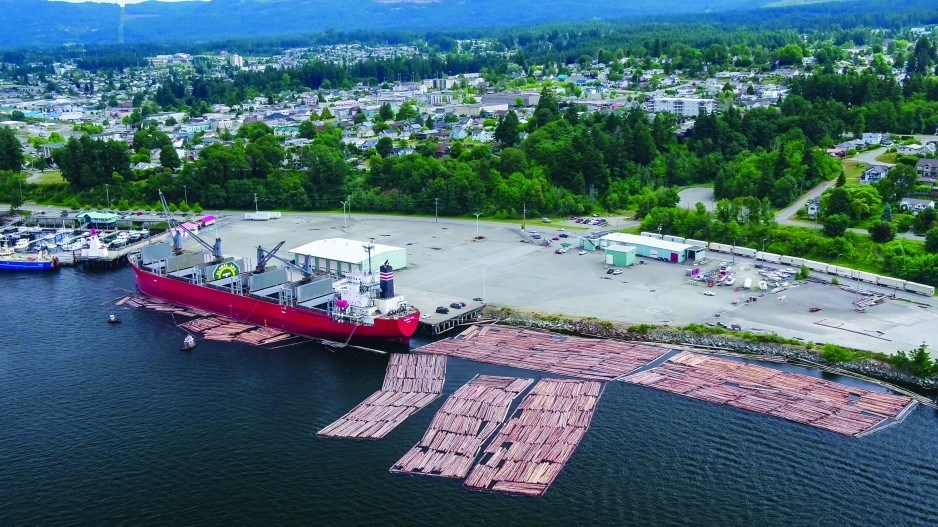It is a PATH less travelled.
Zoran Knezevic wants to open it to shippers and global container cargo carriers. But the Port Alberni Port Authority (PAPA) president and CEO will need $1.7 billion to do it.
Knezevic is selling PAPA’s Port Alberni Transshipment Hub (PATH) plan as a vital Asia-Pacific Gateway addition that will remove some of the logjams in Metro Vancouver’s goods movement corridor.
That transportation congestion, he said, requires diverting traffic to less crowded regions of B.C.
“No matter how much money you put into the transportation network in the Lower Mainland, you cannot make it that much more efficient by building a Terminal 2 [at Roberts Bank] or six more terminals like that,” Knezevic said. “You still have an issue of moving that cargo across the land by road to reach the distribution
PATH, based in Port Alberni, would combine the attributes of the Vancouver Island
According to PATH’s 2014 pre-feasibility study, the 250-acre transshipment hub would reduce shipping time for a typical Asia-Vancouver-Seattle/Tacoma trade loop by three to four days and generate net savings for shippers of $540,000 in time and fuel for each vessel call – this even though barge sailing time to Vancouver from Port Alberni would be between 14 and 18 hours.
Knezevic added that Vancouver Island-bound containers would be shipped directly to the Island, thereby avoiding the congestion complexities of having first to go through the Port of Vancouver.
The fully automated PATH terminal, he said, would have the capacity to handle more than three million 20-foot-equivalent units (TEUs) from any size of container ship. That would make it bigger than Deltaport and close to the 3.4 million TEUs handled by the entire Port of Vancouver in 2018.
That is ambitious. Especially considering that Port Alberni currently handles no container cargo and has no container cargo handling infrastructure.
The port ships primarily logs and lumber. In a good year, it might handle one million tonnes of cargo. The Port of Vancouver handled 140 million tonnes in 2018.
PATH is also up against the perception that Port Alberni is a long way from anywhere, and limited public awareness of the goods congestion issues facing the Port of Vancouver.
Finding $1.7 billion to bankroll the project is another significant hurdle for PATH, especially considering that the Vancouver Fraser Port Authority (VFPA) is all in on its proposed $2 billion to $3 billion Terminal 2 project at Roberts Bank. The VFPA, therefore, might see PATH as a competitor. That would likely close more investor doors to the Port Alberni project.
But, in an emailed statement, the VFPA said it supports “any opportunity that could increase container handling capacity in the [Asia-Pacific] gateway. Shippers will decide to use the most efficient combination of links in the supply chain they can find, including ports, rail, trucking and distribution. If there is a compelling reason for a shipper to choose a transshipment option, they will very likely do so.”
Knezevic conceded that PATH faces significant roadblocks.
But he emphasized that building more port container capacity in Metro Vancouver won’t increase the efficiency of Canada’s Asia-Pacific Gateway.
“The main thing is we are talking about a holistic approach to the transportation and logistics to solve [Metro Vancouver’s] supply chain congestion, and I think it
– Timothy Renshaw




